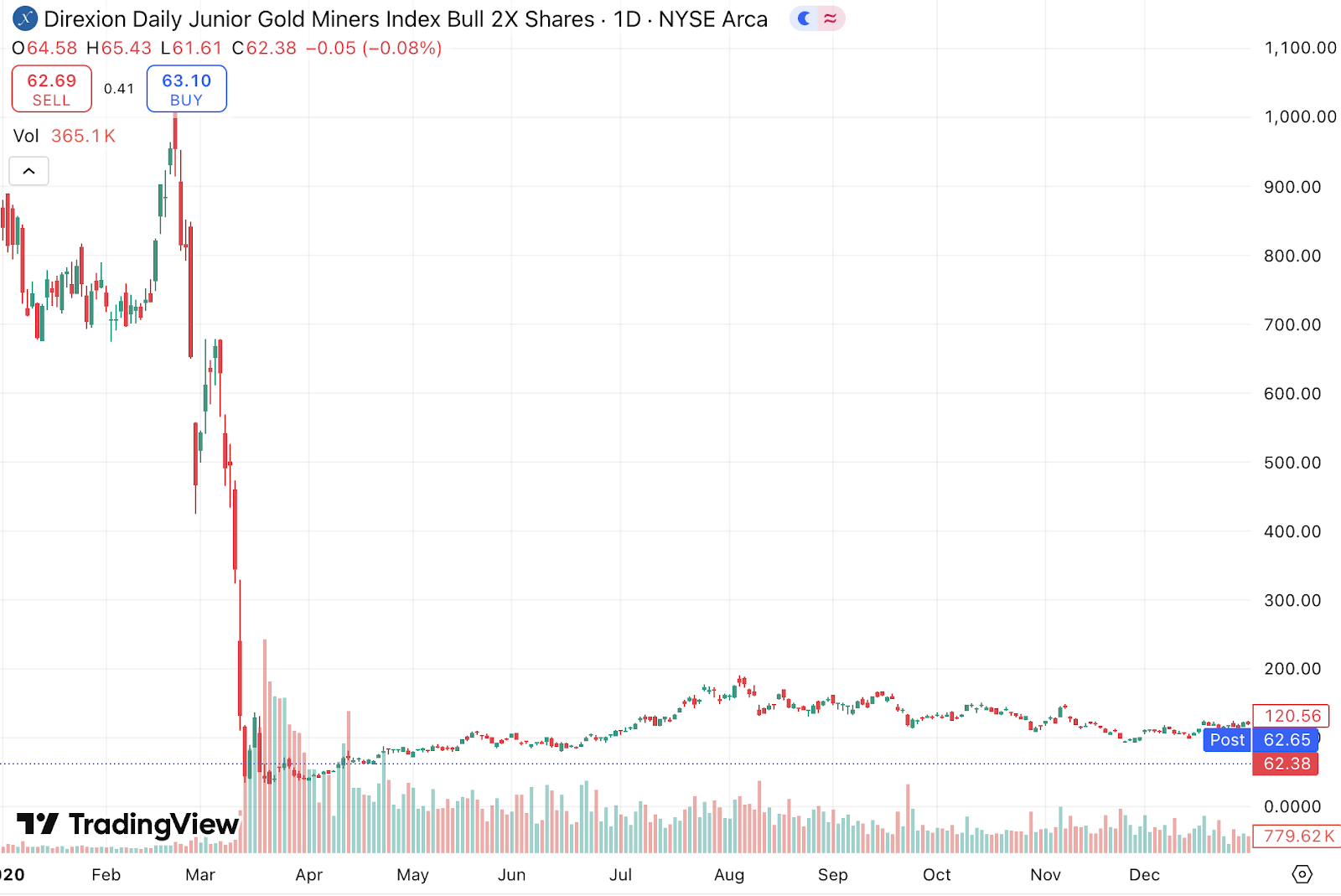“How can I get more income?”
It’s the burning question clients keep throwing my way. When bitcoin’s price is stuck in a range, investors start to crave ways to generate cash flow without selling. I get it—I’m right there with them. Like so many, I dream of living off my bitcoin (or MSTR) without ever parting with it. The goal? Hold for the long haul and pocket some profits now—the ultimate have-my-cake-and-eat-it-too scenario.
Two big roadblocks stand in the way:
- Bitcoin’s network doesn’t offer native yield or a risk-free rate.
- We’re wired to think our money should always be “working hard.”
The frustration is real: bitcoin isn’t soaring on my schedule, and even if it were, I’m not selling. If I could just “put it to work,” I’d have that cake and eat it too, right?
Enter the income-seeker. Let’s be clear—there’s nothing wrong with craving income as a goal, but it can lead to risky territory. Chasing yield without understanding the pitfalls is a trap. Last halving cycle, this same “income fever” pulled investors into disasters like Celsius, BlockFi, and FTX, where hidden risks obliterated portfolios. I’ve guided too many clients through the wreckage of those collapses to stay silent.
Rule one: Know the risks that can be known before you leap.
This cycle, new income products like MSTY and IMST are pitching themselves as the solution. This article is your roadmap, breaking down the good, the bad, and the downright ugly of derivative-based ETF investing, using MSTY as our prime example (though these risks apply to any options-based ETF). We’ll also share smarter, upgraded strategies to navigate this space.
Why MSTY Grabs Attention - The Good
MSTY is turning heads with its eye-popping distributions, drawing in income-hungry investors. Built on MicroStrategy (MSTR) and its bitcoin-heavy balance sheet, this ETF uses a buy-write options strategy to deliver hefty payouts.
MSTY, the YieldMax MSTR Option Income Strategy ETF, generates income primarily by selling call options on MicroStrategy (MSTR) to collect premiums, which fund its distributions. While it does not hold MSTR shares directly, MSTY uses options strategies, including synthetic long positions created through buying and selling options, to gain exposure to MSTR’s price movements. This approach can produce cash flow in volatile, sideways, or declining markets by capitalizing on option premiums, offering income potential regardless of market conditions, though upside gains may be limited due to the sold calls.
In today’s volatile yet range-bound market—exactly what MSTR has been serving up—MSTY can produce consistent, jaw-dropping returns. Its latest May distribution was $2.3734 per share, translating to over 100% annualized “yield”, if sustained. For income-seekers, that’s a magnetic pull, especially when stability feels like a rare commodity.
But even in the “good,” the seeds of risk are planted. Let’s dig into two big ones.
Risk 1: Hindsight Bias—Past Success Isn’t a Promise

We’ve all heard the disclaimer: “Past performance doesn’t guarantee future results.” It’s usually mumbled by someone trying to sell you something. But when you’re banking on “living off your investment” with reliable income, you’d want some consistency, right?
MSTY has thrived in the recent choppy, volatile market, where buy-write strategies excel. MSTR’s bitcoin-fueled price swings have been a perfect playground for this approach. But “hindsight bias” can fool you into thinking this hot streak will last forever. Markets shift—volatility could change, or MSTR might rocket or crash, throwing off the strategy. Banking on recent wins is like betting on yesterday’s weather. You might get caught in the rain when the forecast changes.
Risk 2: Capped Upside—Missing the “God Candle”

Covered calls trade upside for income. If MSTR goes on an upward tear—think “Omega Candle” or “God Candle” (a cheeky nod to a heavenly price-surge day)—your gains are limited. The stock gets called away, leaving you with the premium but no slice of the massive profits. For retirees prioritizing steady income, this trade-off can make sense, as options compress volatility into yield. But if you’re chasing big growth, MSTY clips your wings, swapping a potential jackpot for a reliable paycheck. If all your chips are on MSTY and MSTR hits the lotto, you’ll be kicking yourself.
These risks can be tamed with smart diversification, careful position sizing, and thoughtful portfolio construction. They’re not dealbreakers, and they’re certainly not the worst of the bunch either.
The Bad
Risk 3: Tax Inefficiency—Distributions, Not Dividends

MSTY’s payouts are often mislabeled as “dividends,” but they’re actually distributions—a crucial difference. Dividends stem from a company’s profits; distributions, according to MSTY’s documentation, combine return of capital (ROC) and options premiums (source: MSTY Fact Sheet). Picture lending a friend $100, and they pay you back with $20 of your own cash—it’s not real income. Some ETF managers might even boost distributions by leaning heavily on ROC to grab attention, a tactic that’s arguably more flash than substance. We’ll sidestep that debate for now.
Here’s the rub: ROC lowers your cost basis, which can inflate future capital gains taxes. Meanwhile, those premiums are taxed at ordinary income rates (up to 37%), not the lower qualified dividend rates (0-20%). For “bitcoin retirees” managing taxable accounts, this tax inefficiency can quietly erode your wealth. It’s not a dealbreaker if you plan carefully, choose the right accounts, and manage your tax brackets well, but it’s a headache if you aren't prepared.
The Ugly
Options-based ETFs like MSTY layer complexity on top of complexity, creating vulnerabilities that can undermine their appeal, even if the underlying asset performs well. While MSTY focuses on income and volatility compression, unlike leveraged ETFs, it still shares some of the same structural risks.
Risk 4: Counterparty Risk—Layers on Layers

MSTY operates “soooo many layers above bitcoin” in terms of counterparty risk. Bitcoin itself? A sturdy, predictable base layer. MicroStrategy? A couple of steps up, capitalizing on bitcoin and volatility, but introducing custodial and management risk. Funds using derivatives? Way higher— more people making time-based bets on other assets. It becomes a tower of managers, custodians, brokerages, politics, and decisions that all stand between you and the core bitcoin asset, each adding a potential point of failure.
I saw this play out vividly during COVID with the collapse of the 3X* Daily Junior Gold Miners Index ETF (JNUG). In March 2020, as markets plummeted during the COVID panic, investors in JNUG rushed for the exits, demanding cash in size. The ETF’s structure, tied to illiquid junior gold mining stocks, couldn’t keep up. Fund managers were forced to sell assets into a frozen market, where bid-ask spreads widened to chasms. Even though gold prices held strong and later rallied, JNUG’s value cratered.

Down bad! It has yet to recover to a new high, even though gold has. The issue wasn’t just the underlying asset—it was the web of counterparties and risk. Look at each word in the JNUG title:
-Daily - market timing risk
-Junior - small company and liquidity risk
-Miner - business and operational risk
-Index - fund risk
-3x Levered* - that one should speak for itself, but options/leverage risk
Now, I’m aware the bitcoin equivalent doesn’t exist, at least yet (imagine a 3x Levered Bitcoin Mining Startups ETF 🤯), but the point is there were interwoven layers of risk on top of gold, ultimately buckling under pressure and collapsing. Investors were left holding a bag of losses, even as gold recovered and succeeded long-term.
MSTY, while not necessarily leveraged, shares some parallels. Its options-based strategy depends on liquid markets and reliable counterparties. In a crisis—say, a custodian bankruptcy, a brokerage freeze, or a market maker stepping away—MSTY’s value could suffer, even if MSTR or bitcoin performs well. Volatility can erode synthetic positions, and illiquidity in options markets could widen spreads, impairing the fund’s ability to execute its strategy.
At the end of the day, your investment could suffer, even if bitcoin and/or MSTR are performing well.
But we haven’t mentioned the worst counterparty of all: other investors, especially big fish investors. Their moves can ripple through the entire fund, dragging everyone else along for the ride. Which brings us to the final risk...
Risk 5: Liquidity Risk— A Whale Peeing in the Pool

MSTY’s ETF structure introduces a “peeing in the pool” problem, and it’s directly tied to those investors right beside you in the fund. When a whale—think a hedge fund or institutional investor—wants out, makes a mistake, or needs to sell, it can affect everyone else in the pool. JNUG’s meltdown is a perfect example. As panic gripped markets in March 2020, investors redeemed JNUG shares en masse, driven by fear of further losses. The ETF’s managers had to liquidate positions in a market where liquidity had vanished, selling illiquid junior gold mining stocks and derivatives at fire-sale prices. The result? A negative fly-wheel effect where JNUG’s value tanked, punishing all holders, not just those exiting. Gold’s strength didn’t matter; the ETF’s pooled structure amplified the chaos caused by emotional and herd-driven decisions.
MSTY faces a parallel risk. If a major investor exits in size, the fund might need to unwind synthetic positions at terrible prices. Options markets can thin out fast in a crisis (because they're layers above the foundation - see Risk 4 above). When everyone wants dollars in a “correlation to 1” moment, it can leave an ETF scrambling with no good options to sell. This ripple effect, driven by the emotions of big players, hits every investor in the pool.
You’d better hope the market stays liquid, or you’re left swimming in the mess.
Our Solution: Why SMAs Are the Smarter Upgrade Over ETFs
For investors chasing income from bitcoin or MicroStrategy (MSTR) exposure, MSTY’s eye-catching distributions may seem like the perfect solution. However, its risks—capped upside, tax inefficiencies, counterparty vulnerabilities, and liquidity pitfalls—can undermine its appeal, especially in volatile or crisis-driven markets. While MSTY’s ETF structure offers convenience, it locks you into a pooled strategy where the emotional decisions of other investors, particularly whales, can ripple through and erode your returns.
Separately managed accounts (SMAs) from Sound Advisory provide a superior alternative, offering a tailored, flexible, and private approach to options-based income strategies. Here’s why SMAs stand out as the clear upgrade:
- Personalized Strategy: Unlike MSTY’s one-size-fits-all approach, SMAs let you customize options strategies to match your risk tolerance, income goals, and market outlook—whether you want aggressive income or conservative stability.
- No Pooled Risk: SMAs eliminate the “peeing in the pool” problem. Your account is managed independently, shielding you from the impact of other investors’ panic-driven exits or mistakes, unlike MSTY’s shared ETF structure.
- Tax Efficiency: SMAs allow you to retain holdings with embedded gains, avoiding unnecessary sales that trigger capital gains taxes. This flexibility sidesteps ETF tax-inefficient distributions, which blend return of capital and high-taxed premiums.
- Counterparty Control: By reducing reliance on complex layers of custodians, brokerages, and market makers, SMAs lower counterparty risk, keeping you closer to the underlying assets.
- Upside Flexibility: SMAs can be designed to balance income with growth, preserving more of MSTR’s potential upside than one-size-fits-all capped returns.
With SMAs, you’re not just another swimmer in a crowded ETF pool—you’re in a private, luxury resort pool, where the strategy is built around your needs. For income-seekers who want the benefits of options strategies without the hidden risks of MSTY, SMAs deliver control, privacy, and peace of mind.
Ready to upgrade your income strategy? Connect with a Sound Advisory professional to design an SMA that aligns with your financial goals.
For tailored financial solutions, connect with a Sound Advisory professional to build a strategy that’s uniquely yours.
*JNUG was changed from a 3X to a 2X fund on April 1, 2020, due to heightened market volatility, as Direxion reduced leverage to manage risk. A little late.





